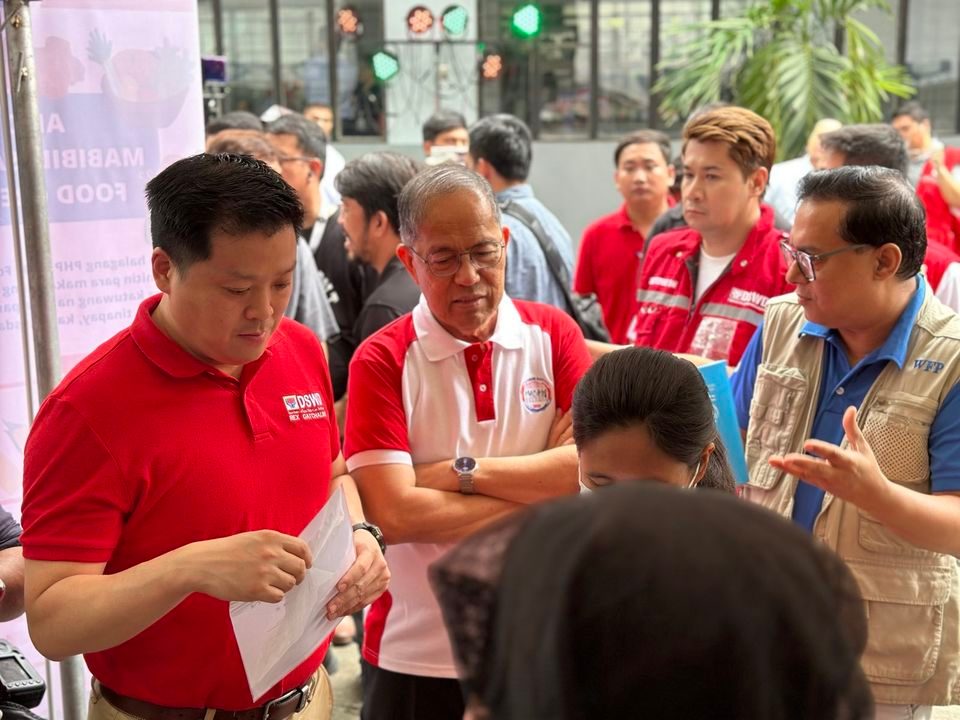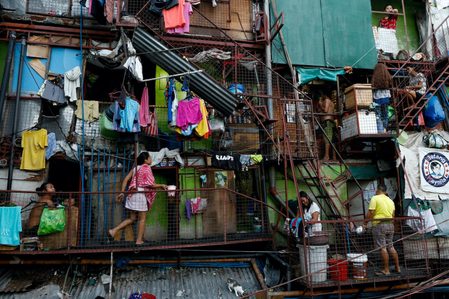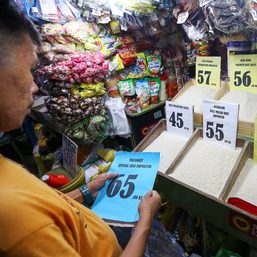SUMMARY
This is AI generated summarization, which may have errors. For context, always refer to the full article.

MANILA, Philippines – Five areas were selected for the launch of the Department of Social Welfare and Development’s (DSWD) food stamp program launch on Tuesday, July 18.
Aside from Tondo, Manila, beneficiaries from the Cagayan Valley, Bicol, and Caraga and the Bangsamoro in Mindanao, will be the first to avail of the food stamp program.
A total of 3,000 families from these regions have been identified as recipients of the program.
For the duration of the pilot implementation, the beneficiaries will receive food credits amounting to P3,000 per month for six months (July to December).
The first 50 beneficiaries from Tondo were enrolled at the launch event that was attended by President Ferdinand Marcos Jr. and Vice President Sara Duterte.
The President said in his speech that he supported the program when it was first pitched by DSWD Secretary Rex Gatchalian soon after he was appointed in January.
He said the program, “will allow especially the children and nursing mothers to become a center of health for life for their children, for their families, and for their communities…so we have set up this program.”
“We have always tried to rise up from the throes of poverty, but the problem of hunger and malnutrition still remains. And that is why, it has become a priority of this government that we will fight poverty. We will put in all of our programs, so that one day we can say that we are able to give our people, the very least, the food that they need to survive, the nutrition that they need to survive,” Marcos added.
Through the “Walang Gutom 2027” program, DSWD will provide food credits worth P3,000 monthly to one million households who are identified as food poor.
The six-month pilot run of the program, however, will be funded by the close to $3 million grant from the Asian Development Bank (ADB), while it will also receive an undisclosed amount of support from the World Food Program.
Gatchalian previously said Marcos instructed him that the program should be ready to roll out nationwide by the end of the pilot run in December 2023.
“Sa Walang Gutom Program, hindi lang natin sisiguraduhin na walang Pilipino ang matutulog ng walang laman ang sikmura, atin din pong sisiguraduhin na masustansya ang kanilang kinakain upang sila’y magkaroon ng sapat na lakas at maging bahagi ng ating labor economy,” Gatchalian said during his speech at the launch.
(In the Walang Gutom Program, we will not only make sure that no Filipino sleeps with an empty stomach, we will also make sure that what they eat is nutritious so that they have enough strength to become part of our labor economy.)
The program is one of several ambitious projects by the DSWD to address poverty and hunger as food costs continue to rise due to inflation, affecting the nation’s poorest residents.
According to the DSWD, most of the food will be sourced from local farmers.
“This will help local farmers and fisherfolks to have a platform to sell their agricultural products, while also addressing the hunger problem in the country,” the DSWD previously said in a press release.
The social welfare department added that a key feature of the program is job generation.
“Beneficiaries of the program will be required to attend capacity building and development training as well as become part of the labor workforce,” the DSWD said.
The food they will be able to purchase is based on the list recommended by the Food and Nutrition Research Institute (FNRI). Since the payments will be credited through an Electronic Benefits Transfer card, the department will be able to monitor and will limit how much families can purchase.
P1,500 (or 50%) can be used to purchase carbohydrate-rich food like rice and bread; P900 (30%) for proteins like chicken and pork; and P600 (20%) for veggies, fruits, oil, salt or condiments.
Other agencies and departments like the Department of Agriculture, Department Labor and Employment, Technical Education and Skills Development Authority, Philippine Statistics Authority, FNRI, the Department of Health, and Department of Trade and Industry, are also involved in the food stamp program. – Rappler.com
Add a comment
How does this make you feel?


![[OPINION] Hungry children do not make good students](https://www.rappler.com/tachyon/2024/01/imho-PH-PISA-scores-jan-27-2024.jpg?resize=257%2C257&crop=260px%2C0px%2C720px%2C720px)

![[ANALYSIS] Craving, craft, and cosplay](https://www.rappler.com/tachyon/2023/08/TL-craving-craft-cosplay.jpg?resize=257%2C257&crop=393px%2C0px%2C1080px%2C1080px)
There are no comments yet. Add your comment to start the conversation.